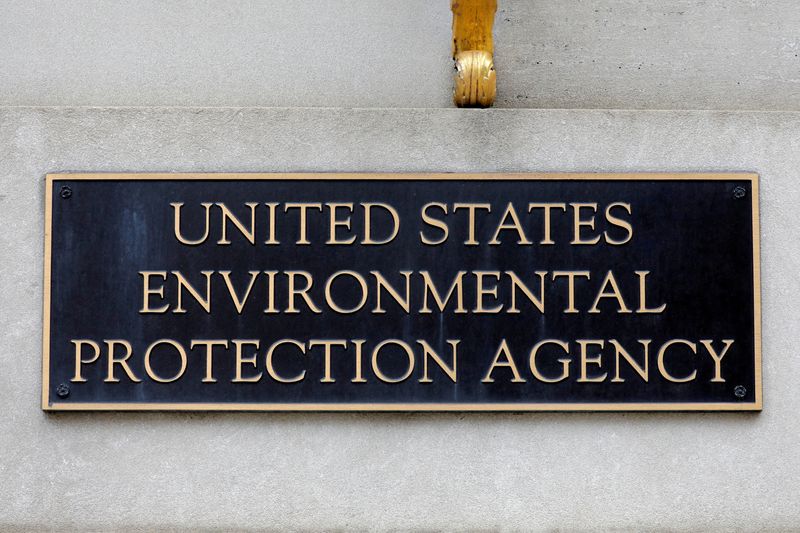WASHINGTON (Reuters) - The U.S. Environmental Protection Agency said on Wednesday it is proposing tighter standards for mercury and other toxic emissions from coal plants for the first time in a decade, putting pressure on the country's dirtiest power plants to clean up.
The proposal would lower the emissions limit for filterable particulate matter, which includes mercury and other toxic metals, by 67%. Plants that burn lower-grade lignite coal, which had previously been subject to less stringent standards, would need to cut mercury emissions by 70%, EPA said.
"By leveraging proven, emissions-reduction measures available at reasonable costs and encouraging new, advanced control technologies, we can reduce hazardous pollution from coal-fired power plants, protecting our planet and improving public health for all,” EPA Administrator Michael Regan said.
The proposal followed a more than year-long review of the existing standard and the latest pollution reduction technologies, the EPA said.
Mercury can impair brain development in children and cause cardiovascular issues for adults.
The EPA's move is the latest of a series of updates to rules on power plant and industrial emissions.
The agency is also expected to issue carbon dioxide standards in the coming weeks that will reflect last year's Supreme Court decision limiting that agency's ability to issue sweeping greenhouse gas regulations for the power sector.
The existing Mercury and Air Toxics Standards, enacted in 2012, have reduced mercury emissions from coal plants by 90%, according to the EPA.

The agency estimates the new proposals will cost companies up to $330 million, but yield up to $1.9 billion in health benefits over a decade.
An analysis by the Environmental Defense Fund showed that the highest mercury-polluting plants that burn lignite coal were concentrated in North Dakota and Texas, as well as Appalachia and the Midwest.